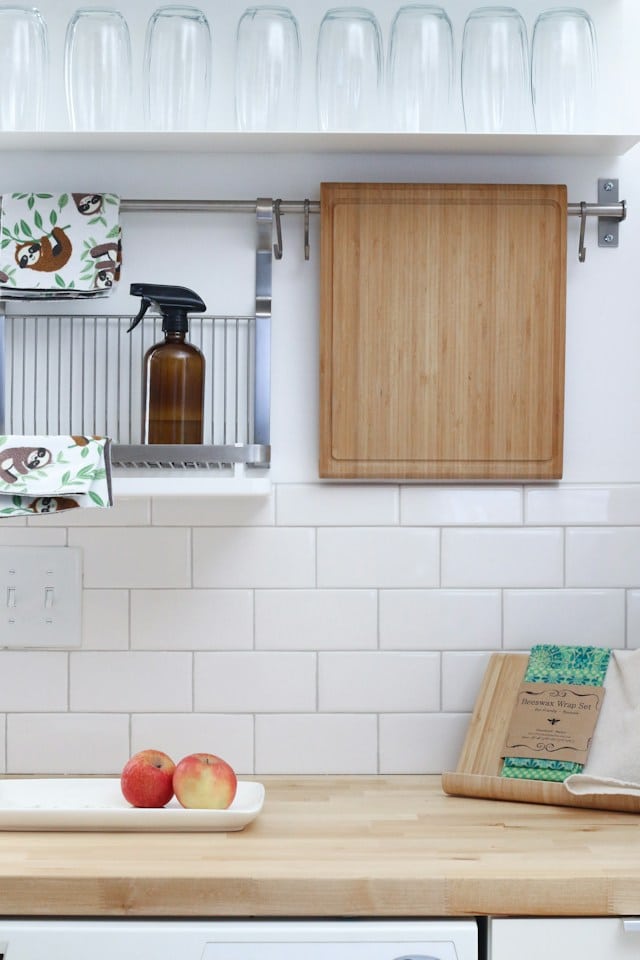How to design a functional and inviting outdoor kitchen?

Designing a functional and inviting outdoor kitchen is all about marrying aesthetics, function, and convenience. The key lies in understanding your needs, your space, and the available resources. This article will guide you through different aspects of outdoor kitchen design, from selecting the right appliances and materials to planning the layout and lighting.
Choosing the Right Appliances
When you consider creating an outdoor kitchen, the first thing that comes to mind is probably the grill. But the grill is just the beginning. There are numerous appliances you can include in your outdoor kitchen to make your outdoor cooking experience more convenient and enjoyable.
Cela peut vous intéresser : How to design a home bar for entertaining?
When choosing appliances, consider your cooking habits. Do you grill often, or do you prefer to cook more complex meals that might require more appliances? Think about including things like a refrigerator, a sink, storage for cooking utensils, a prep station, and even a pizza oven. These appliances will make your outdoor cooking experience more efficient and enjoyable.
However, keep in mind that outdoor appliances need to withstand the elements. So, it’s crucial to choose appliances made with durable materials like stainless steel that won’t rust or fade under the sun.
En parallèle : What are the best home decor ideas for a beach house?
Selecting the Right Materials
Selecting the right materials is a critical aspect of outdoor kitchen design. Materials used in outdoor kitchens need to be durable, weather-resistant, and easy to clean. Stainless steel is a popular choice due to its durability and easy maintenance. It’s also great for modern designs.
For your countertops, granite and concrete are great choices. They are durable, heat-resistant, and easy to clean. If you prefer a more rustic design, wood and stone are great options. Wood brings a warm and inviting look to your outdoor kitchen, while stone adds a natural and rugged touch.
For your flooring, consider materials that are slip-resistant and easy to clean. Concrete, tile, and natural stone are all good options.
Planning the Layout
The layout of your outdoor kitchen is crucial for its functionality and convenience. It should allow for easy movement between different areas and appliances. The most common layout is the L-shaped kitchen, which offers a lot of counter space and is great for entertaining.
Start by deciding where you want your grill to be, as it will be the focal point of your kitchen. Then, place your other appliances and areas like the prep station and the sink around it. Make sure there is enough space between them to allow for easy movement.
Don’t forget to consider the flow between your indoor and outdoor kitchen. Your outdoor kitchen should be an extension of your indoor living space, so make sure it’s easily accessible from the inside.
Incorporating Lighting and Dining Area
Proper lighting is essential for safety and ambiance in your outdoor kitchen. You need sufficient task lighting for cooking and dining but also ambient lighting for mood. Consider installing task lighting over the grill and prep area and ambient lighting around the dining area and landscaping.
Speaking of dining, don’t forget to include a dining area in your design. It could be a dining table, a bar, or even a fire pit with seating around it. The dining area should be close to the kitchen but not too close to the smoke from the grill.
Adding Landscaping and Other Features
Finally, complement your outdoor kitchen with landscaping and other features to create a complete outdoor living space. Landscaping adds beauty and privacy to your outdoor kitchen. You can use plants, trees, and flowers to create a natural boundary for your kitchen or to add a pop of color.
Consider adding other features like a pergola for shade, a fire pit for warmth and ambiance, or a water feature for a calming effect. These elements will make your outdoor kitchen more inviting and comfortable.
Remember, designing a functional and inviting outdoor kitchen is all about understanding your needs and your space, and then making the most of the available resources. The result will be a space where you can enjoy cooking and dining outdoors with your friends and family.
Remember, the key to a successful outdoor kitchen design lies in the planning. With careful consideration of your needs, the available space, and the right elements and features, you can create an outdoor kitchen that is not only functional but also inviting and aesthetically pleasing.
Ensuring a Work Triangle
As you design your outdoor kitchen, it’s essential to consider the work triangle. This concept is a fundamental element of kitchen design that contributes to the efficiency and functionality of your cooking space. The work triangle connects the three main work areas in the kitchen: the sink, the refrigerator, and the range or grill.
The idea is to position these three points close enough for convenience but not so close that you feel cramped. A good rule of thumb is to keep the distances between these points between 4 and 9 feet. This arrangement allows for a smooth flow of movement between tasks and reduces the risk of collisions when multiple people are using the kitchen.
When planning your work triangle, consider how you typically prepare meals. If you primarily grill, you might want the grill and prep station to be closer together. If you entertain often, having the refrigerator within easy reach for guests to grab beverages can be a plus.
Also, remember accessibility to your indoor kitchen. If you’ll be carrying items to and from your outdoor kitchen, ensure there is a clear and safe path.
Creating an Inviting Atmosphere
You’ve planned the functionality, chosen the appliances, selected the materials, laid out your work triangle, and even figured out the lighting. Now it’s time to focus on creating that inviting atmosphere that will make your outdoor kitchen a favorite gathering spot for friends and family.
Think about the ambiance you want to create. Is it a casual and relaxed cooking and dining area? Or a sophisticated, gourmet outdoor kitchen? Your choice will dictate the type of decor and furnishings you choose.
Seating is a crucial aspect of the inviting atmosphere. Comfortable chairs or benches, with enough space for everyone, can make your guests feel welcome and encourage lingering conversations.
Don’t forget about the soundscape. The gentle gurgling of a water feature or the crackling of a fire pit can create a soothing background noise. Music can also set the mood. Consider installing outdoor speakers for entertainment.
Conclusion
Designing a functional and inviting outdoor kitchen involves careful consideration of various elements. It’s not just about choosing the right appliances and materials but also ensuring a practical layout, incorporating proper lighting, and creating an inviting atmosphere.
An outdoor kitchen significantly extends your living space, offering a unique area for cooking, entertaining, and enjoying the beauty of your surroundings. It’s a place where memories are made, meals are shared, and laughter ensues.
By carefully considering your needs, planning your space, and making the most of your resources, you can achieve an outdoor kitchen that perfectly balances function and style. So, follow these guidelines and start to transform your outdoor space into a delightful outdoor kitchen where you can enjoy the company of your loved ones in an inviting atmosphere.
